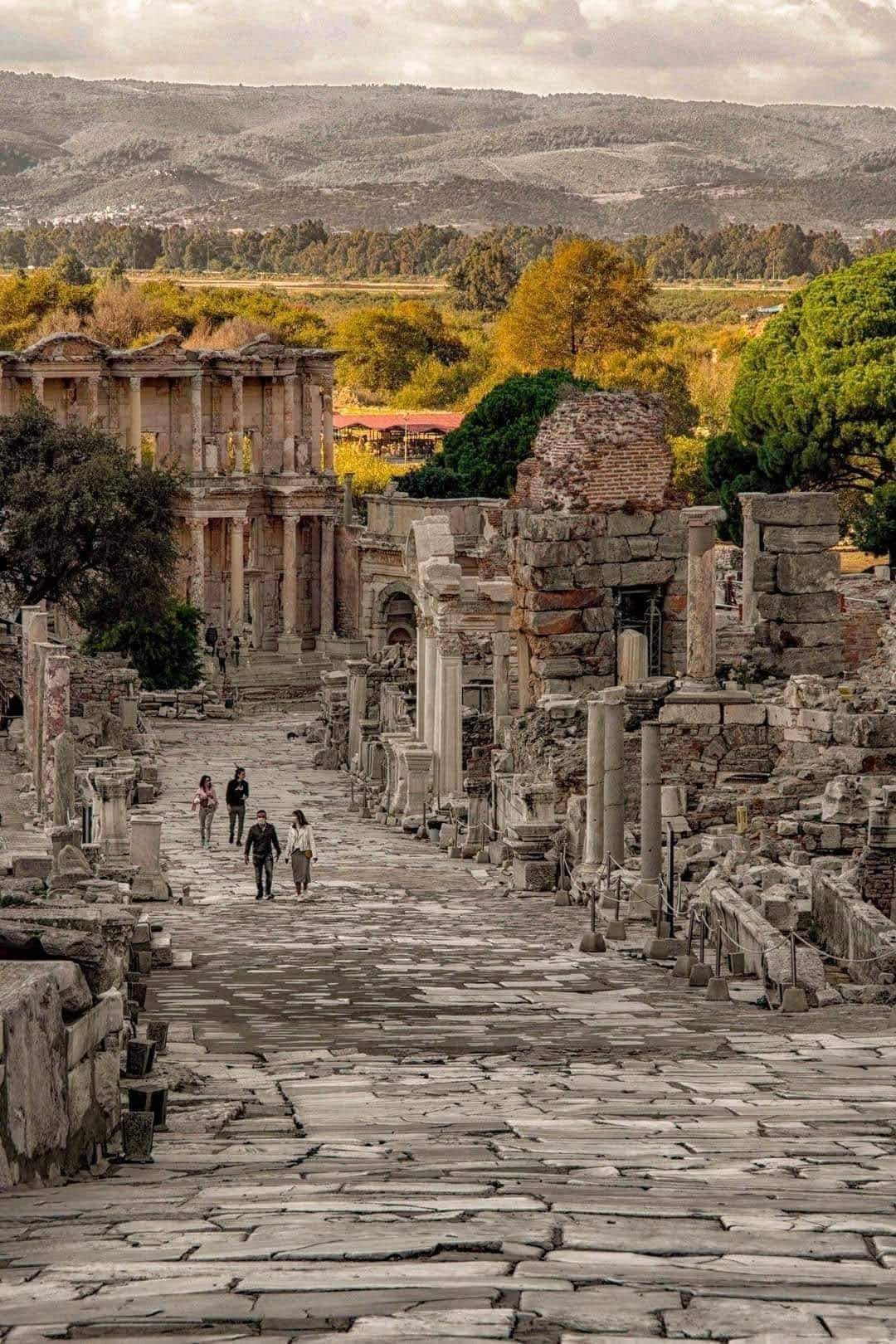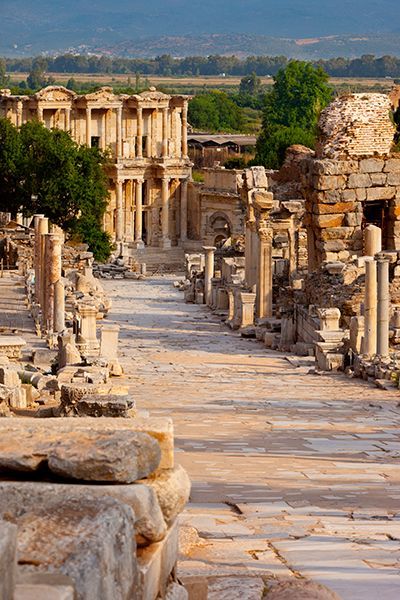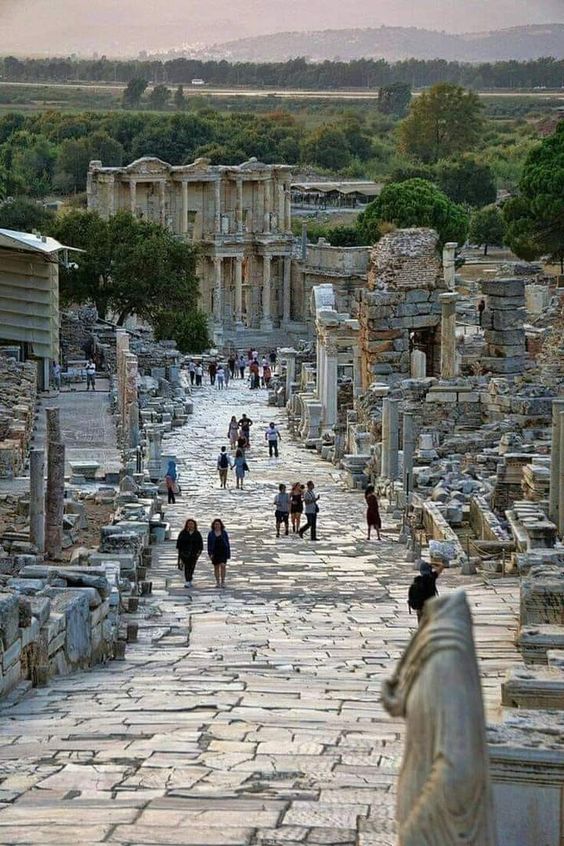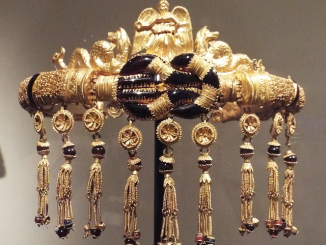
Nestled in the heart of modern-day Turkey lies the ancient city of Ephesus, a UNESCO World Heritage Site renowned for its rich history and archaeological wonders. Among its many treasures, the archaeological ruins of Curetes Street stand as a testament to the city’s illustrious past. Dating back to the 3rd century BC, Curetes Street was once a bustling thoroughfare lined with grand buildings, shops, and monuments, offering a glimpse into the vibrant life of ancient Ephesus. In this blog post, we embark on a journey to explore the remnants of this ancient street and unravel the stories hidden within its ancient stones.
Discovering the Marvels of Curetes Street

Historical Significance:
Curetes Street was a vital artery of ancient Ephesus, connecting important landmarks such as the Library of Celsus, the Temple of Hadrian, and the Great Theatre. As visitors strolled along its marble-paved sidewalks, they were greeted by a symphony of sights and sounds, from bustling market stalls to lively street performers. The street was named after the priests known as Curetes, who played a significant role in the religious rituals and ceremonies of the city.
Architectural Splendor:
The ruins of Curetes Street offer a glimpse into the architectural splendor of ancient Ephesus. Along its length, visitors can admire the remains of grand colonnades, ornate facades, and intricate mosaics, all crafted with meticulous attention to detail. The street was adorned with statues, fountains, and monuments dedicated to gods, emperors, and local dignitaries, reflecting the city’s wealth and prosperity during its heyday.
Daily Life in Ancient Ephesus:
Walking in the footsteps of ancient Ephesians along Curetes Street, one can imagine the bustling activity that once filled its thoroughfare. Merchants hawked their wares from shopfronts adorned with colorful frescoes, while artisans toiled away in workshops producing fine pottery, textiles, and other goods. Residents and visitors alike mingled in the city’s agora, engaging in lively debates, political discussions, and philosophical discourse.
Preservation and Conservation Efforts:
Today, the archaeological ruins of Curetes Street serve as a window into the past, offering invaluable insights into the daily life, culture, and commerce of ancient Ephesus. Efforts to preserve and protect these ancient ruins are ongoing, with archaeologists and conservationists working tirelessly to safeguard the site for future generations. Through careful excavation, restoration, and interpretation, the legacy of Curetes Street continues to captivate and inspire visitors from around the world.
The Legacy of Curetes Street in Ephesus

In conclusion, the archaeological ruins of Curetes Street in Ephesus, Turkey, stand as a testament to the enduring legacy of one of antiquity’s greatest cities. From its humble beginnings as a small Ionian settlement to its status as a bustling metropolis of the Roman Empire, Ephesus has left an indelible mark on the pages of history. As we walk in the footsteps of ancient Ephesians along the ruins of Curetes Street, we are reminded of the vibrant culture, thriving economy, and rich heritage that once flourished within its walls. Through continued exploration and preservation efforts, we can ensure that the stories of Curetes Street and the ancient city of Ephesus continue to inspire and educate generations to come.


